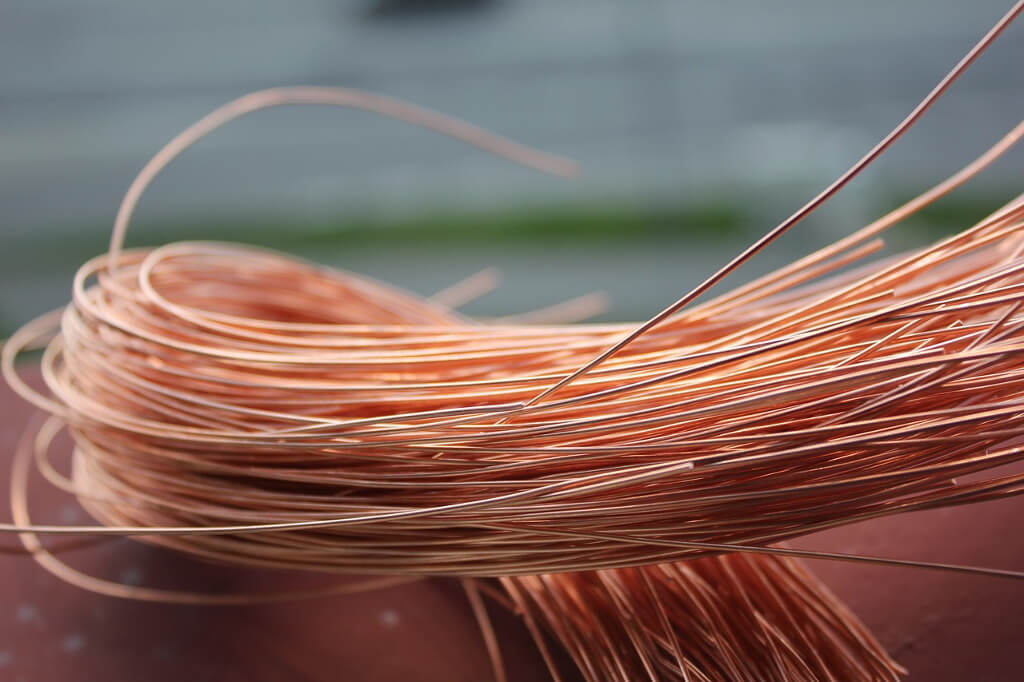ZIMSEC O Level Combined Science Notes: Experiment:Hydrogen as a reducing agent
Aim: To show that hydrogen can act as a reducing agent
Materials: hard glass test-tube with a small hole near the end, copper oxide, burner, cork with a short glass tube, rubber tube

Reducing copper using hydrogen
Method
- Place a spatula load of black copper oxide in the test tube
- Set up the apparatus as shown above
- Insert a rubber cork with a short glass tube in the test tube
- Connect a rubber tube from a gas cylinder containing Bunsen gas to the glass tube
- Allow a very slow stream of gas to flow through the apparatus and burn it at the small hole. Adjust the gas so that the flame is no more than 2 cm in height
- Heat the copper oxide with a burner until there is a change in colour
- Remove the heat
- Turn off the Bunsen gas once the test tube is cool
NB Bunsen gas which contains hydrogen is used instead of using hydrogen which is dangerous and difficult to handle.
Results and Observation

The reduction of copper. Image credit chemistrydemos.co.uk
- The copper oxide glows
- While the copper oxide is black the copper oxide inside the tube starts to turn brown/metallic red as it is reduced from copper oxide into copper
- When the experiment is completed copper element remains in the tube as residue
- The colour change from black to brown/metallic red/orange shows that the remaining residue is copper as opposed with the copper oxide which is used at the start of the experiment
- Hydrogen in the Bunsen gas reduces copper oxide into copper
- The hydrogen combines with the oxygen in the copper oxide to form water vapour (steam)
Conclusion
- Hydrogen acts as a reducing agent
- It reduces copper oxide into copper and gives steam as a by product
- The word equation can be written as:
- \text{copper oxide+hydrogen}\rightarrow \text{copper+water}
To access more topics go to the Combined Science Notes page.




